Review: 2012 Chevrolet Sonic LT
I’m not a big fan of changing a car model’s name in an attempt to evade a bad reputation. If the new car isn’t very good, then you’ll just have to change the name again with the next redesign. And if the car is excellent, it will seem even more so thanks to low expectations. In the case of the new B-segment Chevrolet, reviewers might proclaim, “We can’t believe this is an Aveo!” Instead we have, “What’s a Sonic?”
First, a disclaimer: The dealer-sourced Sonic you see here isn’t the one you’ll be reading about elsewhere. It’s not a top-shelf LTZ with a turbocharged 1.4-liter engine, six-speed manual transmission, and 17-inch low-profile tires. Instead, it’s a mid-level LT with the boost-free 1.8-liter base engine, a six-speed automatic, and 195/65R15 rubber optimized for something other than grip. It’s the one you’ll see most often on the road (especially if you’re near an airport). It’s probably not the Sonic you’d personally want.
When I first encountered the Sonic, at last January’s Detroit Auto Show, it might not have been love at first sight, but it was certainly like at first sight. In the displayed LTZ trim, the car had a sportier, more upscale appearance than nearly any other affordable B-segment car then offered on this side of the Atlantic. The nose stylishly arcs back from the oversized (yet not disproportionate) grille. Quad round headlights work surprisingly well within this shape. Though vaguely BMW, here the headlights are exposed (with no lens cover,) staggered, and both attractive and distinctive. Other Chevrolets would benefit from being likewise enlightened.
Unfortunately, any car’s exterior styling is optimized for a wheel of a certain size, and in the Sonic’s case, it’s the LTZ’s 17s. Fit 15s, as seen here, and the massiveness of the chunky front overhang and tall body sides becomes all too apparent. Especially in $195 worth of “inferno orange metallic.” [Note: For $295 you can add 16-inch wheels styled much like the 15s and fog lights to the LT.]
Ford, Mazda, and Hyundai all offer sleeker, more precisely tailored subcompact hatches. In comparison, this Sonic appears a brick on undersized wheels. Nice that said wheels are forged alloys even on the most affordable Sonic, but what’s the point when they’re two sizes too small? Unlike other B-segment cars, the sedan looks better than the hatch, its rear fenders better balance the fronts and it does without a vast expanse of black plastic to “hide” the rear door handle.
The Sonic’s Scionic interior suggests that the new GM might yet retain some of the old one’s wacky Pontiac DNA. We’ve got a round analog tach paired motorcycle-style with a rectangular digital speedometer (itself sandwiched between two rows of warning lights), a mix of round and rectangular air vents, and a pair of tall narrow storage areas flanking the center stack. (Everlasting glory to whomever comes up for the best use for the last. Perhaps hair product?) There’s a lot going on. Yet the look would work if not for the same emphatically hard plastic you’ll find in just about every car at this price point (a Cruze is much nicer inside). The combination elicits Aztek flashbacks. But there are certainly cheaper interiors, and at least the Sonic’s isn’t boring.
With the Sonic’s tall bodysides, GM offers a B-segment car that can bury you as well as a big Buick. Cranking up the supportive seat helps, but you’re still in a different time zone than the windshield. Good for perceived room, not so good for perceived maneuverability. Pre-teen children in back will enjoy a fine view of treetops and clouds. The rear seat cushion is mounted well off the floor, but can’t fully mitigate the stratospheric beltline.
Kudos to GM for making a telescoping steering wheel standard—most competitors don’t offer one. Unfortunately, the center stack doesn’t also telescope, leaving its intuitively arranged soft-touch knobs and buttons, close at hand in most competitors, beyond my reach.
At 5-9, I can barely fit in the second row, but this is about average for the segment. Cargo volume is similarly modest. Safety was clearly a priority: there are ten standard airbags, including front seat knee airbags and rear seat side airbags (the latter aren’t even offered in most cars, and tend to be a $300+ option even in pricey German machinery).
The chassis might be pretty good. It’s hard to say, because of the big car driving position, mute steering, and 195/65R15 Hankook Optima tires that noisily give up the fight before the suspension can enter into it. (The LTZ at least avoids the last, and deserves a follow-up test to see if the chassis retains its composure when actually challenged.) Point the car straight ahead and it rides more quietly and smoothly than most, but without the premium feel of a Ford Fiesta.
Why “Sonic?” The only thing traveling the length of the street at the speed of sound is the loud gargle of the 138-horsepower 1.8-liter four as it clatters its way past 3,000 rpm. As in every competitor you must go there to produce much resembling forward motion, but in this case your ears will hate you for it. Forget stealth. Everyone within earshot will think you’re flogging the car far harder than you actually are. GM worked hard to minimize interior noise, then stuffed this engine in the nose. Baffling.
Last, and least, we have the six-speed automatic transmission. For this conventional unit, GM must have benchmarked the Fiesta’s dual-clutch automated manual transmission for shift logic and smoothness. Bumps, lurches, hesitations, jumping two gears forward only to immediately jump one back—it’s all annoyingly here far too much of the time. Plus engine lugging. The transmission seems unaware that the 1.8 gets the shakes below 1,750 rpm, and takes it there as often as possible. You can manually shift the transmission using a toggle on the knob to avoid some of the misbehavior, but this is a purely practical endeavor. There’s no joy to be had working the mere 1,250 or so rpm between the Scylla of mechanical racket and the Charbydis of engine shakes.
Small car, torque-free four-cylinder, six-speed engine-lugging transmission: it seems a recipe to stellar EPA numbers, doesn’t it? And yet with 25 city / 35 highway the tested car barely manages to tie the much larger, much heavier, considerably more powerful 2012 Toyota Camry.
The solution for all of these powertrain woes? Spend the $700 to get the turbocharged 1.4. It’s no more powerful up top, but has a plumper midrange and, though hardly a paragon of refinement, with its own shakes at idle, is much easier on the ears than the 1.8. Also a six-speed manual and better EPA numbers: 29/40. But it won’t initially be offered with an automatic.
The parts might still require some finessing, but with so much standard (alloy wheels, ten airbags, automatic headlights, four-way steering column adjustment, etc.) there are plenty of them. A 2012 Chevrolet Sonic LT with automatic transmission and the Bluetooth / cruise package lists for $18,090. Though $730 more than last year’s Aveo, a run through TrueDelta’s car price comparison tool tallies up nearly $2,500 in additional features, for a feature-adjusted advantage of about $1,750. A similarly-equipped (but less roomy) Ford Fiesta SE lists for $390 more before adjusting for remaining feature differences, and about $1,300 more afterwards. The redesigned but still 106-horsepower, four-speed Toyota Yaris SE includes $1,500 less stuff in its almost identical list price. A Hyundai Accent SE lists for $535 less, but the feature adjustment reverses this advantage. In every case the Sonic’s additional features more than cancel out any price disadvantage—it’s the value play in the segment.
This has been a much more critical review than I expected to write, given the unexpected refinement in some other recent GM products (Cruze, Volt, Equinox, Regal). The Sonic is much better than the Aveo it replaces…like the 2005 Cobalt was much better than the Cavalier it replaced. Competitors haven’t been standing still. The B-segment has become far more competitive recently, with many new or redesigned entries, each smoother, quieter, and more capable of sustained highway driving than the past norm. Among these, the Fiesta is more refined, the Mazda2 is more fun-to-drive, and the Accent might provide the best combination of both with a semi-livable rear seat. In this flash mob, why buy a Sonic? Its arguable strengths come down to more extroverted styling, a more attractive sedan (for those who lean that way), and additional standard features. But GM has lost too many times playing this hand in the past. Such is the way of the auto industry. Keep aiming to best the old car or the current competition, and you’ll be conjuring up a new model name every generation.
Michael Karesh operates TrueDelta.com, an online source of car reliability and pricing information.
Michael Karesh lives in West Bloomfield, Michigan, with his wife and three children. In 2003 he received a Ph.D. from the University of Chicago. While in Chicago he worked at the National Opinion Research Center, a leader in the field of survey research. For his doctoral thesis, he spent a year-and-a-half inside an automaker studying how and how well it understood consumers when developing new products. While pursuing the degree he taught consumer behavior and product development at Oakland University. Since 1999, he has contributed auto reviews to Epinions, where he is currently one of two people in charge of the autos section. Since earning the degree he has continued to care for his children (school, gymnastics, tae-kwan-do...) and write reviews for Epinions and, more recently, The Truth About Cars while developing TrueDelta, a vehicle reliability and price comparison site.
More by Michael Karesh
Latest Car Reviews
Read moreLatest Product Reviews
Read moreRecent Comments
- Peter I want a self driving red ragtop 1958 Plymouth Fury. Just like the car in the movie Christine.
- Mgh57 Doesn't seem like this tech is ready for prime time.
- Nathan The Ram is the most boring looking of the full size trucks, kind of like a Tundra.If they cancel the Ram Classic, I hope a full resign makes the Ram at least look interesting.
- DJB1 I'll be all for it when it has a proven safety record. I have an awesome life and a lot to live for, so right now I'm not putting that in the hands of overconfident tech-bros.
- Mgh57 I had to read the article because I had had no idea what the headline meant. I've never seen this in the Northeast. Don't understand the point. Doesn't seen efficient aerodynamically



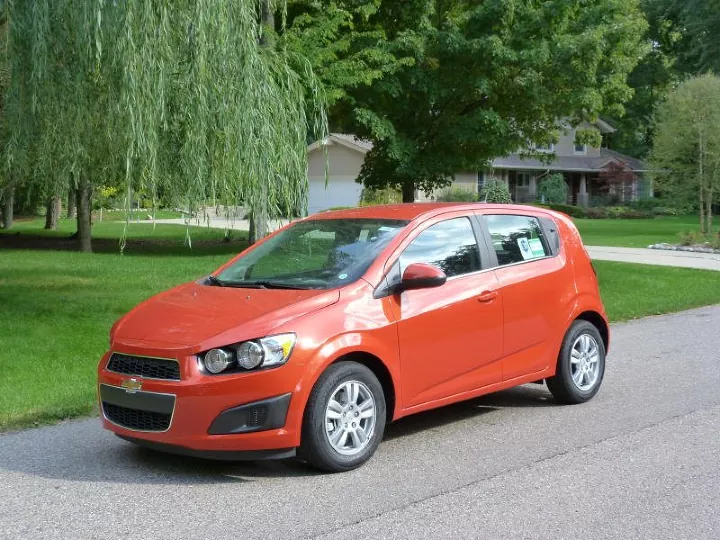






















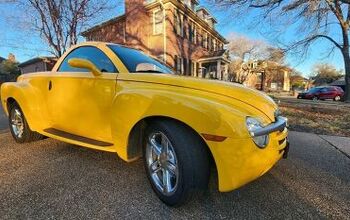

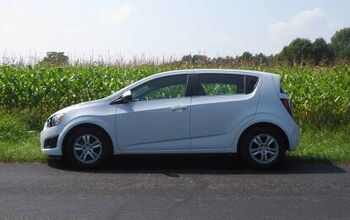
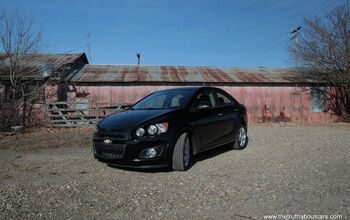
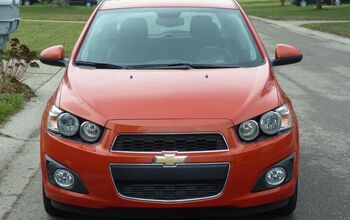
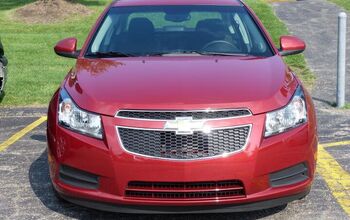

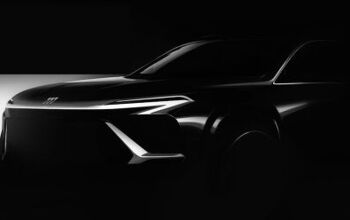
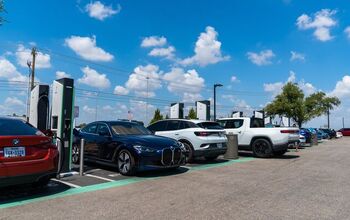


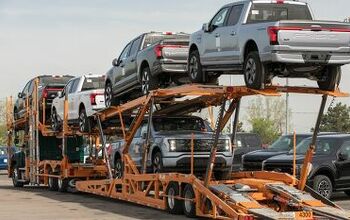
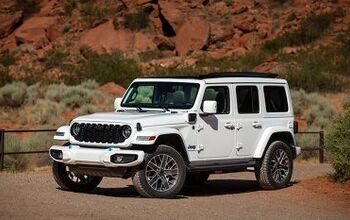
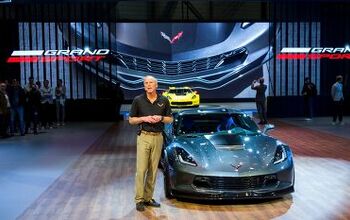

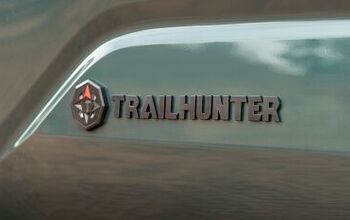
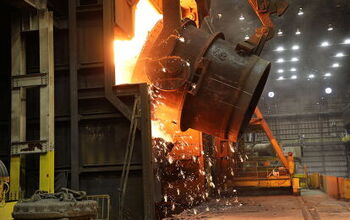
Comments
Join the conversation
Your review was the first I read and, thank god, not the last. I went on to further read Car and Driver, Road and Track, Autoguide, and Popular Mechanics. All of their journalists were giving the Sonic (LT and LTZ) very good reviews. I have not seen another review that is as negative as yours. Maybe it's time for the reviewer to reanalyse his position.
I can't say it's a bad car. I look at things critically. I bought this car with the definition of car being something to get you from point A to point B. Has nice lines and the bullet shaped front end is different. Looked at this car from all angles and seems it is do-able to work on in the future (E.G. tuneups, brakes, exhaust, tranny, etc). Very affordable. With GAP insurance, normal dealer fees, and extending the 3 year (other) warranty out to 5 years would run in the $385 payment range on a 5 year note at 8.9% poor credit rate. If still any doubts, Just go to the Chevy dealer and take one for a spin and wear jeans so you can get under it (or talk the service dept to put it on a rack). You might be surprised. It's just a baby sister to the Cruze. Dependability has come a long way over the years but I still took the warranty to be sure. I hope I lost money on that warranty.